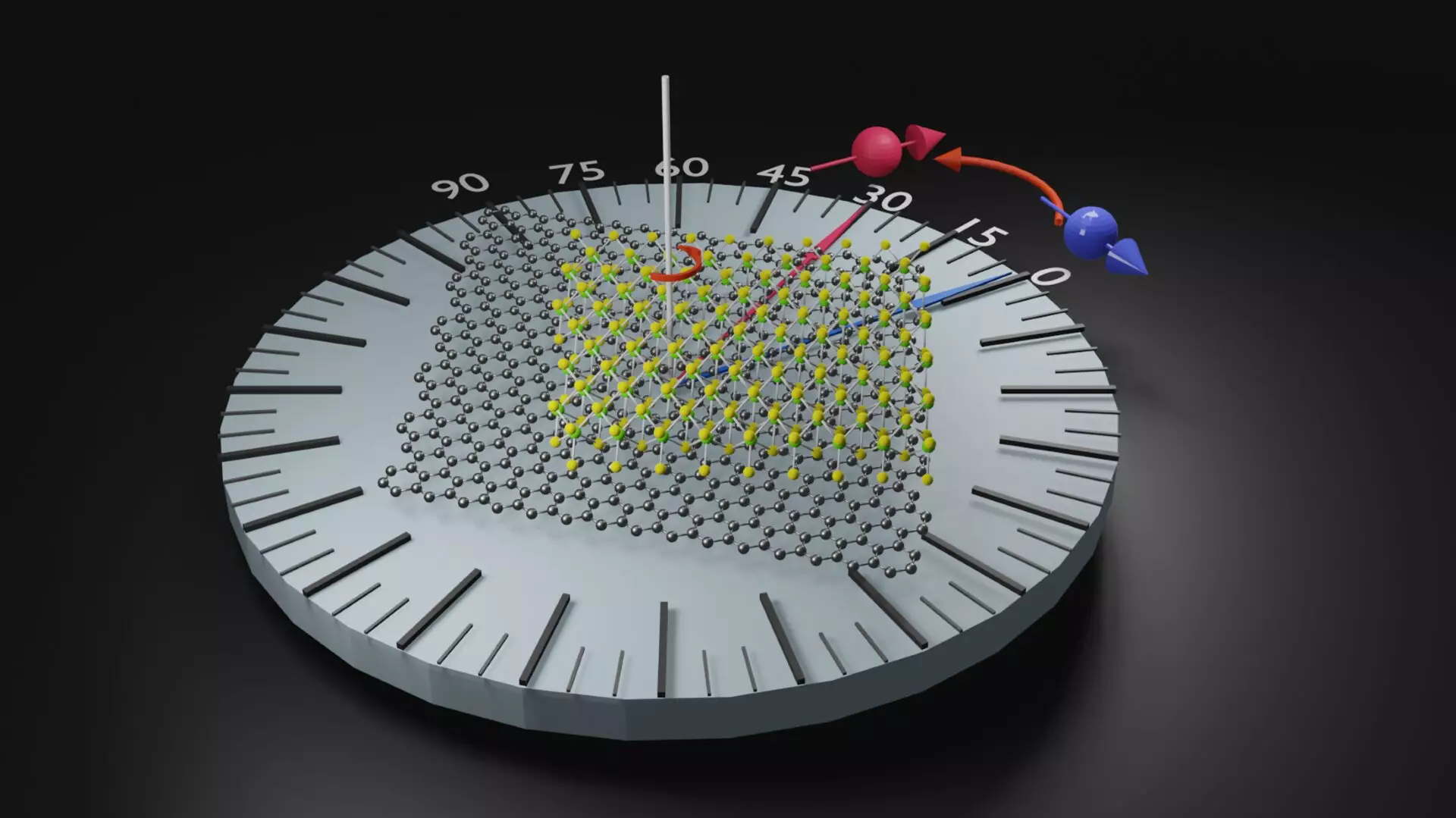In a groundbreaking collaboration between researchers at the Charles University of Prague, the CFM center in San Sebastian, and CIC nanoGUNE’s Nanodevices group, a new complex material with unprecedented properties in the realm of spintronics has been developed. This groundbreaking discovery, highlighted in the prestigious journal Nature Materials, unveils a plethora of possibilities for the creation of cutting-edge electronic devices that are not only more efficient but also more advanced, particularly those incorporating magnetic memories in processors.
The advent of two-dimensional materials with extraordinary characteristics has sparked a surge of interest in the scientific community, as combining two layers of these materials to form a heterostructure yields novel effects. Recent studies have demonstrated that even minute rotations of these layers can have a profound impact on the properties of the resulting heterostructure. The researchers elucidated the stacking of two layers of graphene and tungsten selenide (WSe2) to uncover fascinating revelations. “When these two layers are precisely aligned and rotated at a specific angle, a spin current is induced in a predetermined direction,” noted Ikerbasque Research Professor Félix Casanova, the co-leader of nanoGUNE’s Nanodevices group spearheading this initiative.
Traditionally, spin (an intrinsic property of electrons and other particles) is propagated perpendicular to the electric current. Managing these spin currents within the realm of spintronics, which harnesses spin for information storage and transfer, has posed significant challenges. Nevertheless, this study has revealed a paradigm shift by showcasing that these constraints can be surmounted with the judicious selection of materials. “By simply superimposing two layers and implementing a ‘magic’ twist, novel spin-oriented properties that were absent in the initial materials surface,” Casanova asserted.
In essence, the pioneering work carried out by the collaborative team has paved the way for a new era in spintronics, particularly in the domain of nanomaterials. This innovative approach not only shatters existing barriers in spin current manipulation but also propels the evolution of electronic devices towards uncharted territories. As we delve deeper into the realm of nanotechnology and two-dimensional materials, the possibilities for groundbreaking discoveries and transformative applications appear limitless.


Leave a Reply